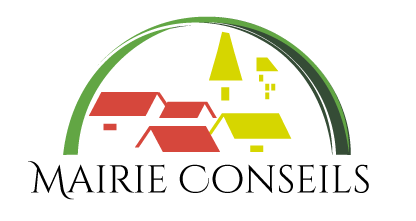• Main markets
• A communal forest
• Touristic sites like the Lake Awing
• Soils: penevoluted ferralitic and Aliatic soils. The ferralitic soils are used for the making of sun-dried bricks. The combination of this rich soils help in the cultivation of crops.
• Flora and Vegetation: (forests, savannas, medicinal plants, etc.) Fulani’s occupy the grassland areas of the mountain slopes for grazing.
• Fauna: cane-rats (grass cutters), rabbits, gorillas, rat moles and some few monkeys.
• Mineral resources: sand, stones and laterite quarries, used for house and road constructions.
• Health: poor health delivery services, due to inadequate infrastructure and equipment and shortage of quality drugs.
• Environment and nature protection: degradation in soil due to poor framing practices.
• Women empowerment and family: no good knowledge on opportunities and women’s rights due to no centers for information.
• Water: inadequate supply of water due to low quantity and poor quality supply.
• Energy: Inadequate supply of energy due to non – extension of electricity into many villages. .
• Education: poor quality education, lack of higher institutions, due to lack of funds and staff.
• Public works: poorly constructed bridges, culverts and road, due to limited financial sources and no maintenance of the roads.
• East: Balikumbat and Galim tribes
• South West: Batibo and Wabane Sub Divisions
• West: Bali
• North: Bamenda I
• North West: Bamenda II
• South: Babadjou and Mbouda tribes.
• Agriculture: (tubers and cereals, cabbage, carrot, maize, Beans, Cassava (mostly transformed into garri), Irish potatoes, green beans, Solanum , sweet potatoes, aroids, yams and a host of other garden crops).
• Livestock: (cattle, horses, goats, Sheep and fowls.).
• Commerce: sales of food stuff and petty trading.
• Others include: small medium size enterprises, services from organizations, hunting and cra
• Climate: The climate is marked by two distinct seasons; the dry and rainy seasons. The rainfall ranges between 2000 to 3000mm per annum.
• Relief: Mt. Lefo (2300m) in Awing is Second highest mountain in the region after Mt Oku. Characteristic features include many hills with gentle to steep slopes.
• Hydrology: Rivers (streams and springs characterize the area, they include; Mifi, Matazen, Mbunfon, Saptsi, Melung, Custom, Makemtikong, Achailam, Nephew, Milieus, Njom, Mewungne). Waterfalls: (beautiful waterfalls are found on some of the mountain slopes especially during rainy season). Lake: (A major crater lake, Lake Awing is one of the beautiful attractions of this area).
